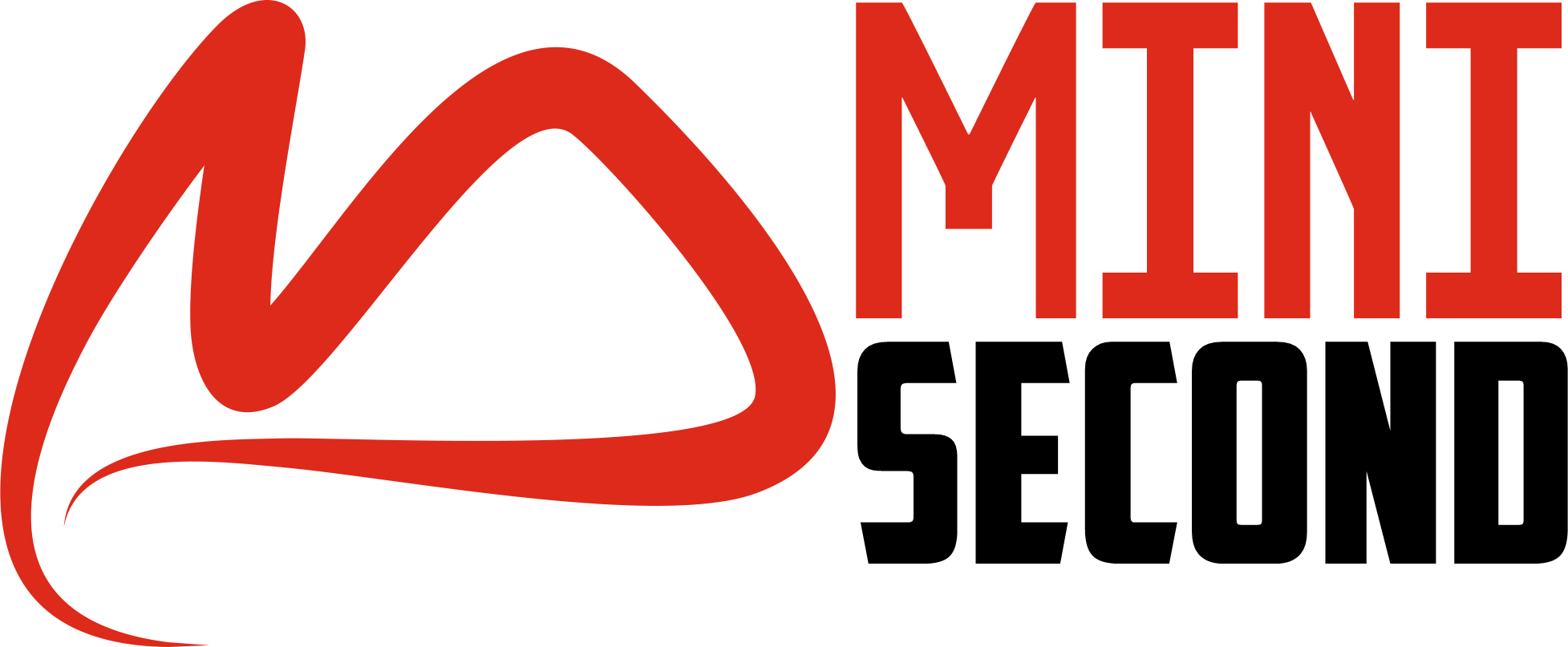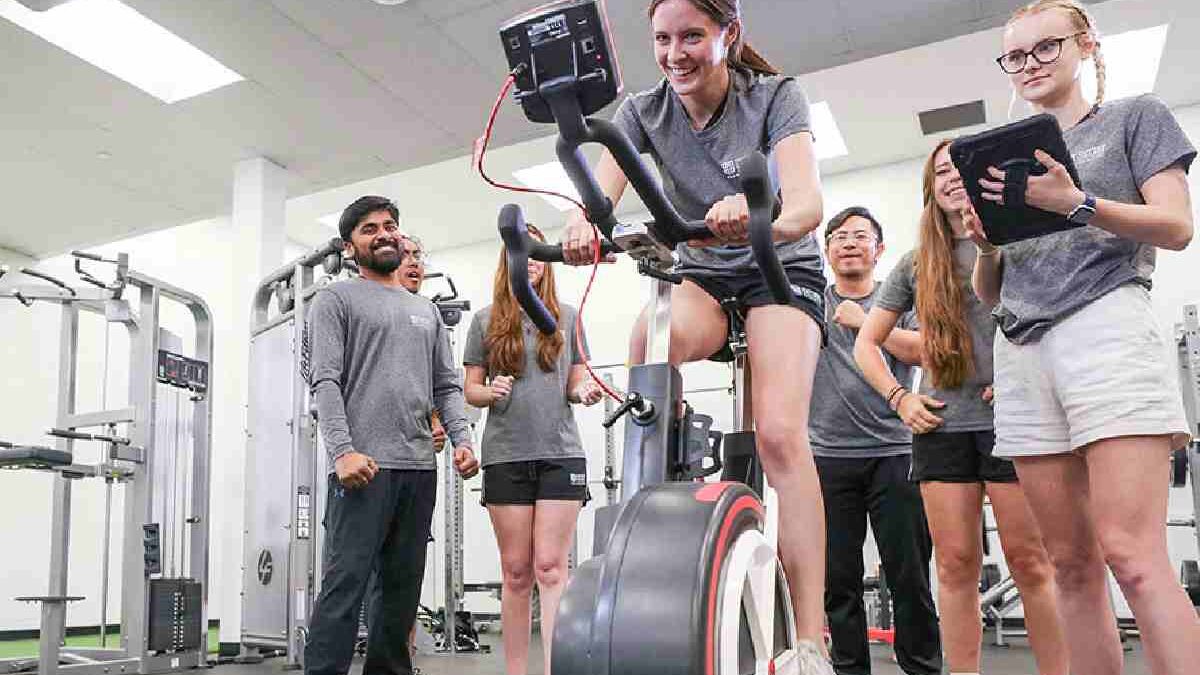why fitness and health promotion – Today there is clear evidence that leading an ACTIVE LIFE improves health, well-being and quality of life at any age, allows you to live longer independently and helps prevent chronic diseases.
Leading an active life in childhood and adolescence favours growth and acceptance of the body. In young people and adults, it improves physical and mental health, in older people, it promotes healthy ageing.
Incorporating into our daily life some simple activities such as walking, climbing stairs, running, playing,
What do we need to know?
By physical activity, we understand “any bodily movement that results in energy expenditure (burning calories)”.
Being physically active means “MOVING”.
In today’s society, physical activity is carried out with different intensities depending on our purpose: work, leisure, improvement of physical abilities, and development of strength and balance, among others.
Physical activity includes, in addition to daily activities, physical exercise and sport:
- Physical exercise: it is a structured, repetitive, planned and carried out physical activity with an objective related to the improvement or maintenance of
physical condition.
- Sport: it is a regulated physical activity directed to achieving results in a competition in general.
To take care of our health, in addition to INCREASING PHYSICAL ACTIVITY, it is essential to REDUCE SEDENTARISM because a physically active person may also be passive. After all, they spend a long time without moving.
Sedentary lifestyle
When we talk about a sedentary lifestyle, we refer to any activity requiring tiny movement and very little energy expenditure. It includes activities such as sitting still watching television, playing video games, using a computer, tablet, or mobile phone, and traveling by car.
Physical inactivity
By physical inactivity, we mean not reaching the Recommendations on Physical Activity for health.
An adult person will be inactive if they do less than 150 minutes (2 hours and a half) of moderate physical activity weekly.
And in the case of children and adolescents, they will be inactive if they do less than 60 minutes (one hour) a day of moderate or vigorous physical activity.
Physical condition
A person’s physical condition is the ability to perform physical effort or withstand an overload. It comprises the endurance of the heart and lungs, the strength of the muscles, the flexibility of the joints, and the body’s composition.
Maintaining a good physical condition is synonymous with a good state of health from an early age.
PHYSICAL ACTIVITY AND FUNCTIONAL DIVERSITY
A physical or mental disability, either from birth or at any time, does not impede practicing physical activity. The worldwide recommendations on physical activity for health apply to the entire population, including people with functional diversity.
However, adapting these recommendations to our condition is necessary, considering the specific risks or limitations that affect our health when performing certain exercises.
What kind of physical activity do we need?
To know what kind of physical activity we need, we must stop to think about how active we are now, how long we stay sitting in one place and our physical condition.
It is essential to incorporate physical activities that are beneficial to our health regularly, and above all, those that are satisfactory to us, into our daily lives.
During our trips, getting used to walking, cycling, using the stairs, and getting off one stop before our destination on the bus or subway is advisable. If we do a sedentary job, getting up, stretching and moving for 1-3 minutes every hour is advisable, making our breaks active.
Practical recommendations for physical activity
Whether we have proposed to resume or start a physical activity practice or to be more active in our day-to-day and avoid a sedentary lifestyle, we must follow the recommendations to do it healthily, enjoying the benefits it brings.
Choose the activity you like the most, and your physical condition allows you to enjoy practising it. There is always an occasion to move!
How do I distinguish if an activity is considered fitness?
For an activity to fall into the fitness category, it must carried out regularly and fully linked to a good diet and healthy lifestyle habits. In addition, you must meet several criteria:
- Some of the objectives of this type of training are to improve the resistance and strength of the individual. The sports routine must carried out at least two or three times a week to achieve this.
Fitness vs culturismo
In the United States, it is common for bodybuilding competitions to have a category called fitness. However, although the appearance of fitness has displaced the participation of women in bodybuilding, they are not similar since, in bodybuilding, they compete for aesthetics. In contrast, the participants have to perform a series of exercises in fitness.

